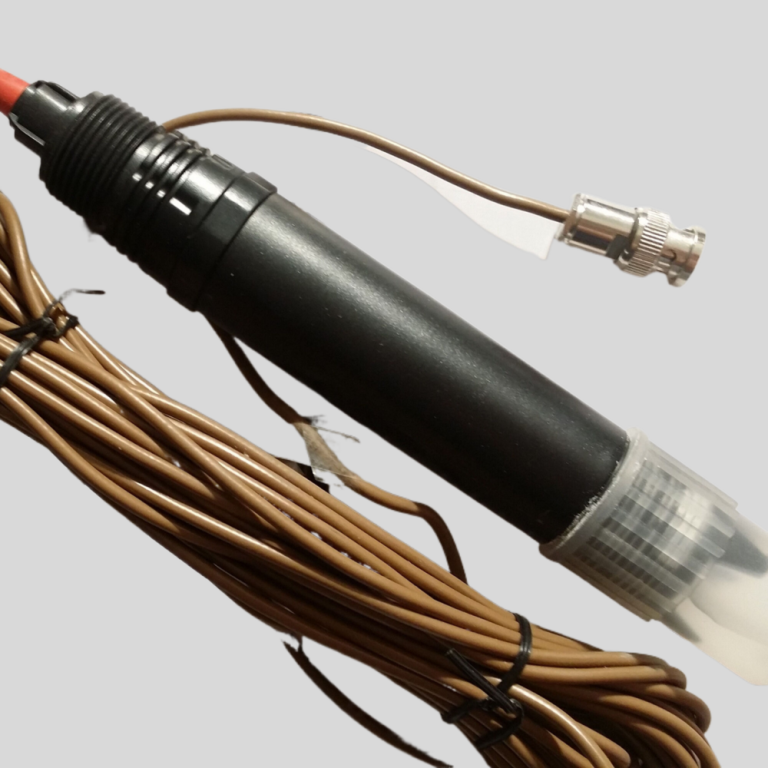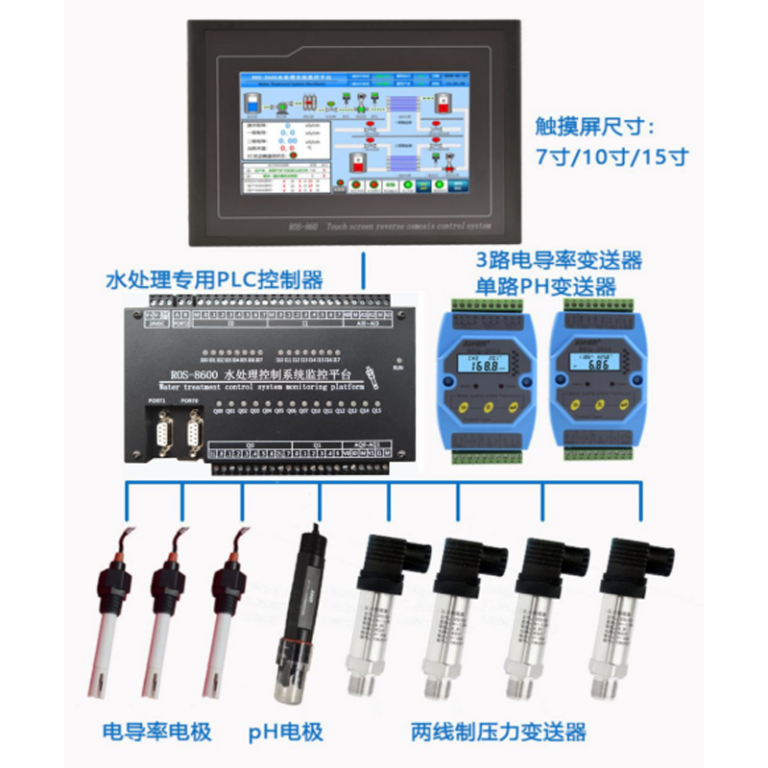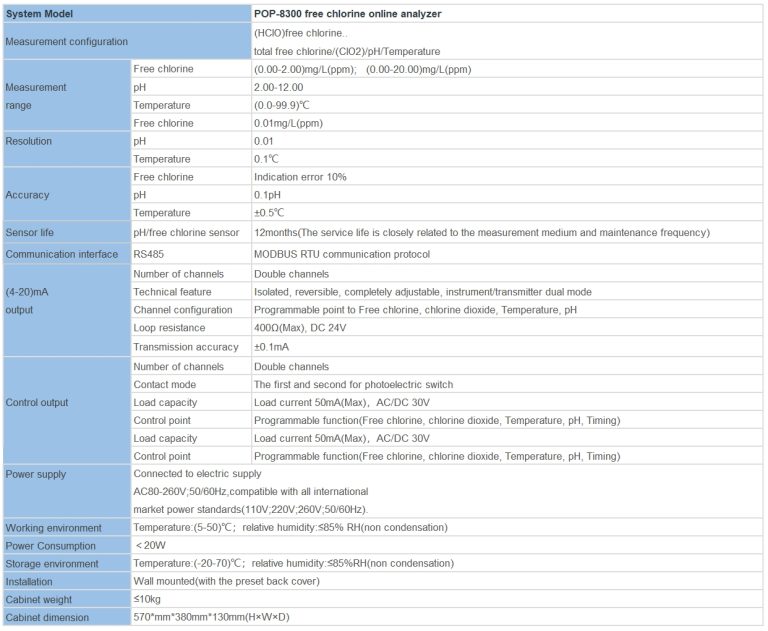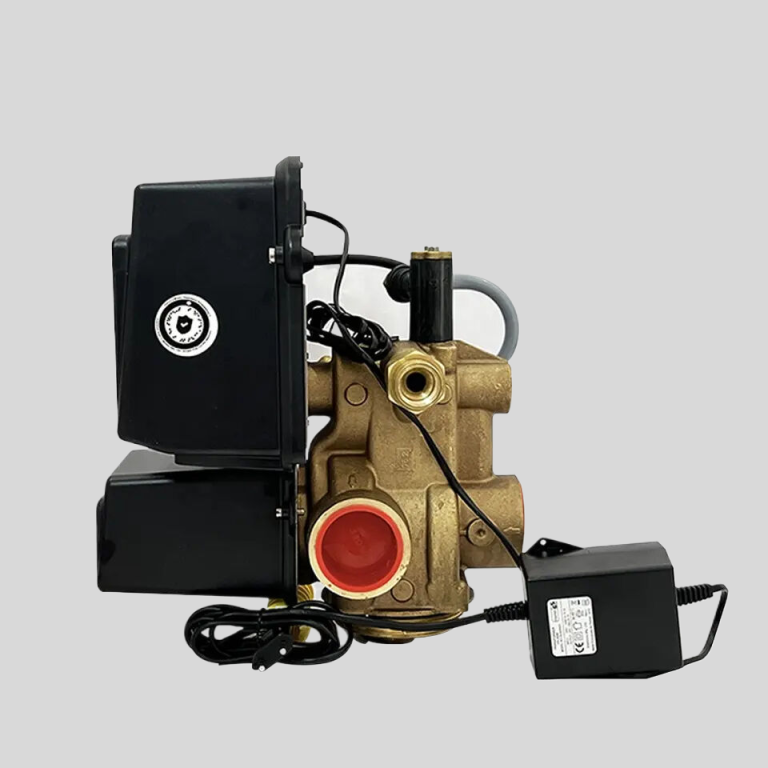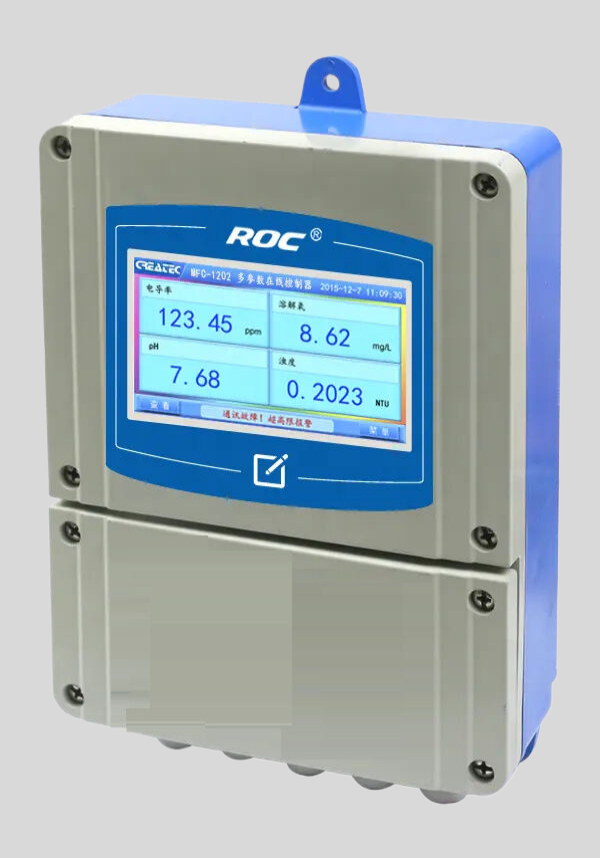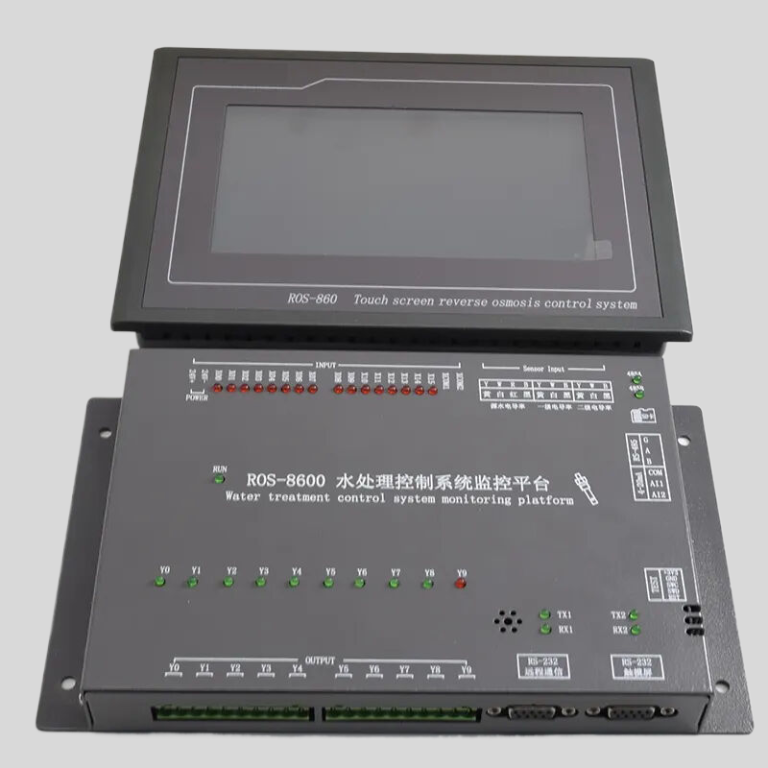Factors Affecting the Price of Water pH Sensors
Water pH sensors are essential tools used in various industries such as wastewater treatment, environmental monitoring, and food and beverage production. These sensors measure the acidity or alkalinity of water, providing valuable data for maintaining water quality and ensuring regulatory compliance. However, the price of water pH sensors can vary significantly depending on several factors.
One of the primary factors that affect the price of water pH sensors is the type of sensor technology used. There are several types of pH sensors available on the market, including glass electrode sensors, solid-state sensors, and differential sensors. Glass electrode sensors are the most common type and are typically more affordable compared to solid-state sensors, which offer higher accuracy and durability. Differential sensors, on the other hand, are the most expensive but provide the most precise measurements.
Another factor that influences the price of water pH sensors is the quality of materials used in their construction. High-quality materials such as stainless steel and titanium are more expensive but offer better resistance to corrosion and chemical damage, making them ideal for harsh industrial environments. Cheaper sensors made from plastic or lower-grade metals may be suitable for less demanding applications but may require more frequent replacement.
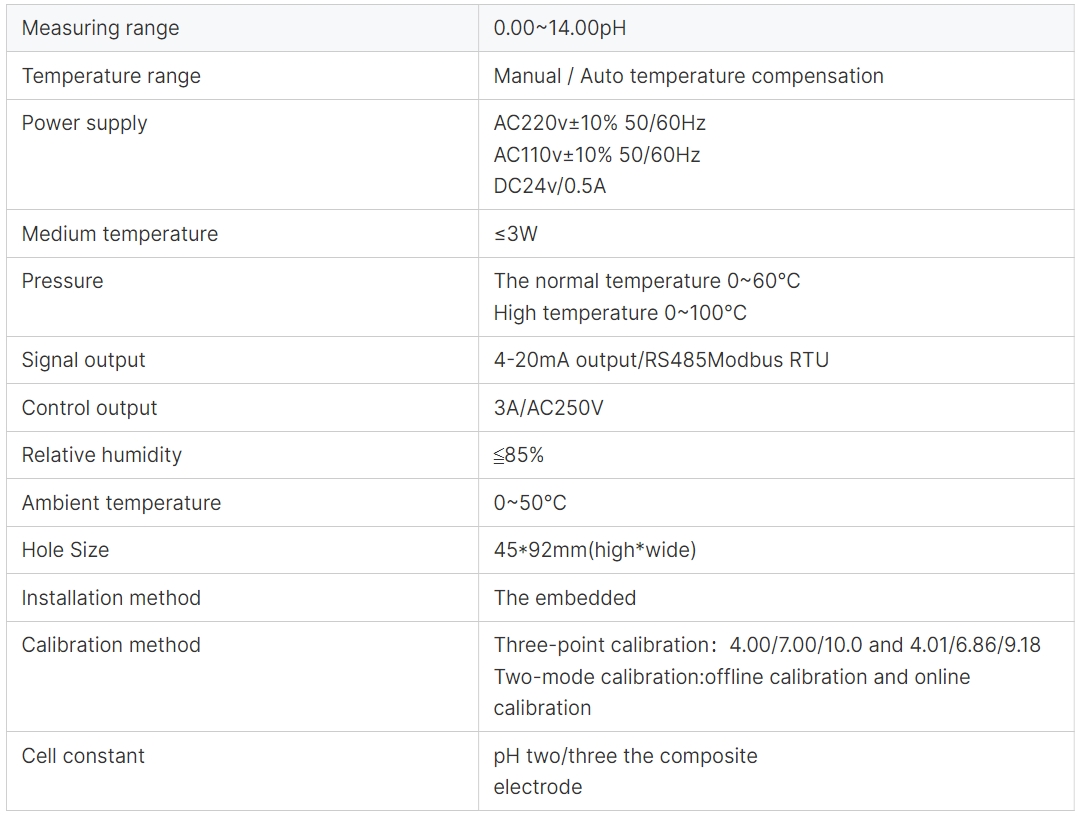
The complexity of the sensor design and features can also impact its price. Basic pH sensors with standard functionality may be more affordable, while sensors with advanced features such as temperature compensation, automatic calibration, and digital output may come at a higher cost. These additional features can enhance the performance and usability of the sensor but may not be necessary for all applications.
Furthermore, the level of customization required for a water ph sensor can affect its price. Custom sensors designed to meet specific requirements or operating conditions may incur additional costs for engineering and manufacturing. Off-the-shelf sensors, on the other hand, are more cost-effective but may not offer the same level of customization.
In addition to the initial purchase price, it is essential to consider the total cost of ownership when evaluating water pH sensors. Factors such as maintenance requirements, calibration frequency, and sensor lifespan can impact the overall cost of using the sensor over time. Investing in a higher-priced sensor with lower maintenance needs and longer lifespan may prove to be more cost-effective in the long run.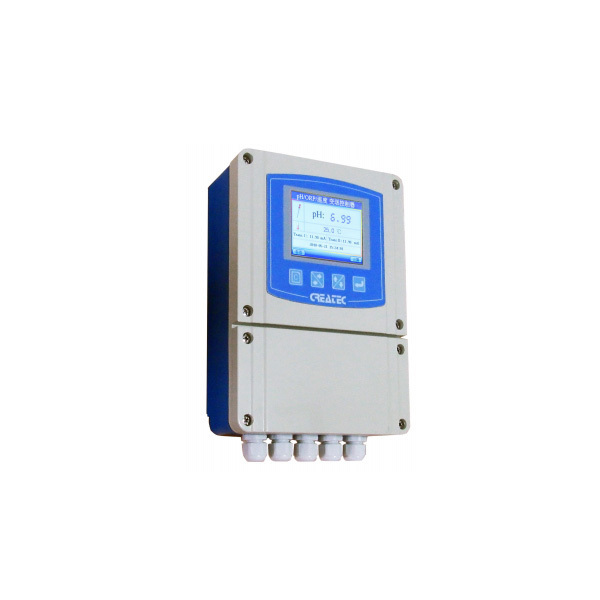
| ROC-2315 ro controller instruction (220V) | |||
| Model | ROC-2315 | ||
| Single detection | Dry Contact input | Raw water no water protection | |
| (six channels) | Low-pressure protection | ||
| High-pressure protection | |||
| Pure water tank high level | |||
| External control mode signal | |||
| Running reset | |||
| Control port | Dry Contact output | Raw water pump | SPST-NO low capacity : AC220V/3A Max ;AC110V/5A Max |
| (five channels) | Inlet valve | ||
| High pressure pump | |||
| Flush valve | |||
| Conductivity over-limit drainge valve | |||
| Measurement detection point | Product water conductivity and with Automatic Temperature compensation (0~50)℃ | ||
| Measurement range | Conductivity : 0.1~200μS/cm/1~2000μS/cm/10~999μS/cm (with different conductivity sensor ) | ||
| Product water temp. : 0~50℃ | |||
| Accuracy | 1.5 level | ||
| Power supply | AC220V (±10%) , 50/60Hz | ||
| Working environment | Temperature:(0~50)℃ ; | ||
| Relative Humidity :≤85%RH (no condensation ) | |||
| Dimension | 96×96×130mm( height ×width×depth) | ||
| Hole size | 91×91mm(height ×width) | ||
| Installation | Panel mounted ,fast installtion | ||
| Certification | CE | ||
In conclusion, the price of water pH sensors is influenced by various factors, including sensor technology, materials, brand reputation, design complexity, customization, and total cost of ownership. When selecting a water ph sensor, it is essential to consider these factors carefully to ensure that the sensor meets your requirements and provides accurate and reliable measurements. By understanding the factors affecting the price of water pH sensors, you can make an informed decision and choose the right sensor for your application.
| Model | EC-1800 online conductivity controller |
| Range | 0-2000/4000uS/cm 0-20/200mS/cm |
| 0-1000/2000PPM | |
| Accuracy | 1.5%, 2%, 3%(FS) |
| Temp. Comp. | Automatic temperature compensation based on 25℃ |
| Oper. Temp. | Normal 0~50℃; High temp 0~120℃ |
| Sensor | C=0.1/1.0/10.0cm-1 |
| Display | 128*64 LCD Screen |
| Communication | 4-20mA output/2-10V/1-5V/RS485 |
| Output | High/Low limit dual relay control |
| Power | AC 220V±10% 50/60Hz or AC 110V±10% 50/60Hz or DC24V/0.5A |
| Working Environment | Ambient temperature:0~50℃ |
| Relative humidity≤85% | |
| Dimensions | 96×96×100mm(H×W×L) |
| Hole Size | 92×92mm(H×W) |
| Installation Mode | Embedded |

